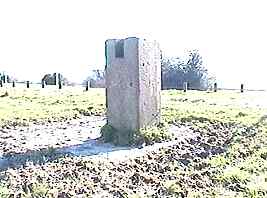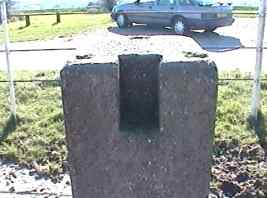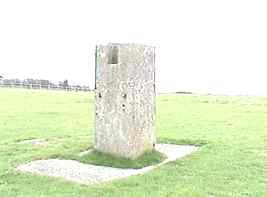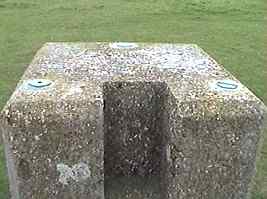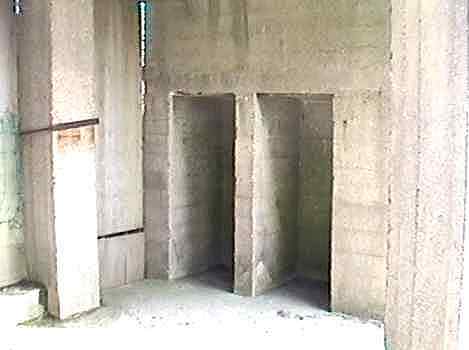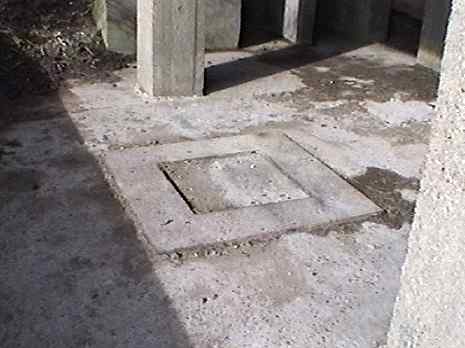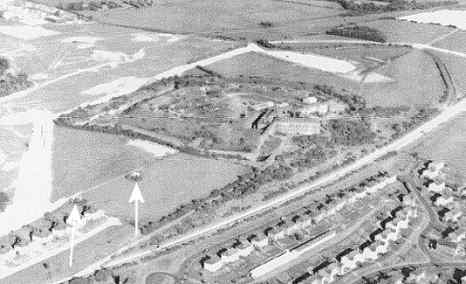|
Centered around Fort Purbrook is an
Interdiction Battery. This term is used in the context of prohibiting or
denying land based invading forces from gaining possession of a particular
area of ground or sea, which in this case would have been everything visible from
that Interdiction site - east Portsmouth, Langstone Harbour, Hayling
Island and Chichester Harbour. It was also intended that the Hayling
Island bridge was to be shelled if that Island fell to the enemy. The
site consisted of 2 main components: two concrete plinths, a known
distance apart, on which
direction and range finding equipment would be set, and 2 guns housed in casemates. Accurate gunlaying could be obtained by
triangulating between the two plinths, which were commonly called 'end
bases'.
|

